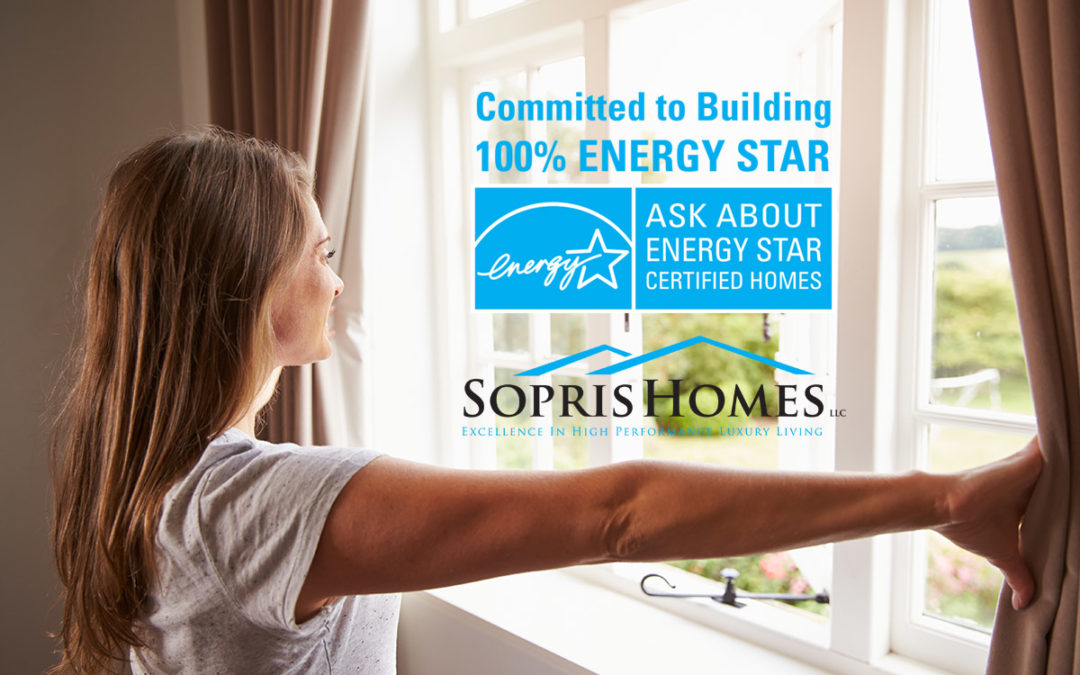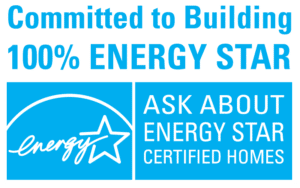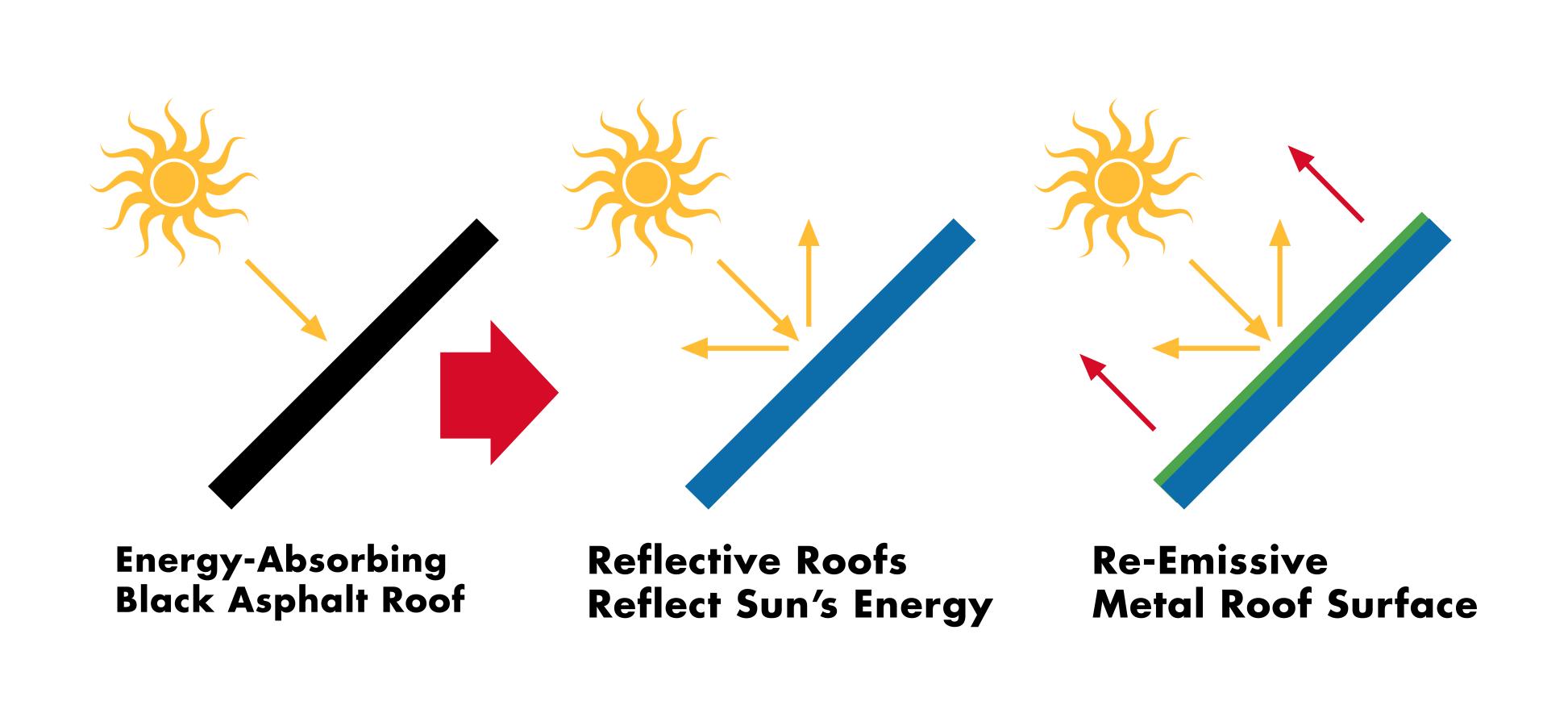However starting december 31 2007 epa will post emissivity values for all products on the energy star certified products list to assist consumers in their purchasing decision.
Us epa energy star cool roof standards.
For more than 20 years epa s energy star program has been america s resource for saving energy and protecting the environment.
Steep slope roofs must have an initial solar reflectance of 0 25.
Only those roof products that meet the specifications listed in either table 1 or table 2 below may qualify as energy star qualified.
After 3 years the solar reflectance must be 0 50.
Permeable pavements can allow stormwater to soak into the pavement and soil reducing runoff and filtering pollutants both permeable and non permeable cool pavements can also help lower the temperature of runoff resulting in less thermal shock to aquatic life in the waterways into which stormwater drains.
The crrc will also maintain product certifications until the program ends on june 1 2022.
Roofing materials with the energy star label have met minimum solar reflectance and reliability criteria.
Emissivity is not currently a requirement for energy star qualification.
As of january 1 2010 the california energy commission s updated title 24 building energy efficiency standards for residential and non residential roofing are now in force otherwise know as cool roof.
After 3 years the solar reflectance must be 0 15.
Energy star certified roof products can help reduce the amount of air conditioning needed in buildings and can reduce peak cooling demand by 10 15 percent.
The cool roof rating council was created in 1998 to develop accurate and credible methods for evaluating and labeling the solar reflectance and thermal emittance radiative properties of roofing products and to disseminate the information to all interested parties.
The new cool roof requirements affect new construction significant repairs of existing roofs re roofing plus additions and alterations of existing buildings and homes.
Environmental protection agency epa announced the sunset of the energy star for roof products program on may 28 2019.
Emissivity is not currently a requirement for energy star qualification.
Energy star certified roof products must meet minimum initial and aged solar reflectance values.
Low slope roofs must have an initial solar reflectance of 0 65.
Reduced stormwater runoff and improved water quality.
The program will end on june 1 2022.
The crrc will continue to certify roofing products to energy star through the es crrc program until june 1 2021 after which no new certifications will be issued.
Through the energy star program epa and the department of energy doe help consumers and other purchasers identify the most energy efficient roofing products.
Energy star is the simple choice for energy efficiency.
For low slope roof applications a roof product qualifying for the energy star label under its roof products program must have an initial solar reflectivity of at least 0 65 and weathered reflectance of at least 0 50 in accordance with epa testing procedures.




















